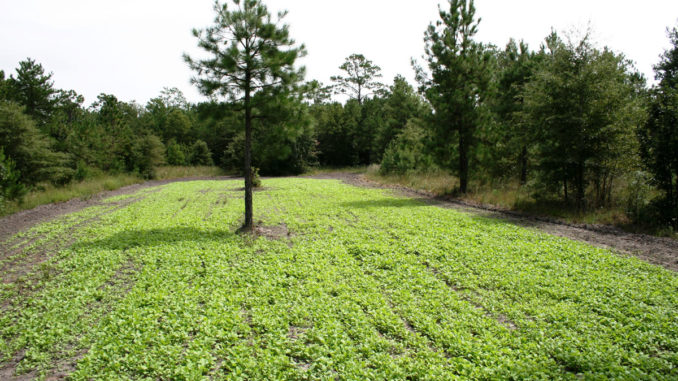
Bill Cline of Ridgeway said it’s difficult for most hunters to stop thinking in terms of the rut because of the success rate and seeing lots of deer during that time.
“But when the rut is over, it’s over, and successful deer hunters have to move on to post-rut patterns,” said Cline, who hunts in Fairfield and other piedmont counties.
“I do most of my with a bow from a climbing stand, so when the late-season patterns kick in, my mobility is built in, and I just have to transfer my thinking of where I hunt, “ he said. “But with the leaves off the trees, it does open up some opportunities I didn’t have earlier in the season, so there can be a positive trade-off. There are some areas that I know are prime habitat, but with leafy cover (are) so thick you can’t see. In late season, with the right position and use of the wind to my advantage, I can successfully hunt these areas. But simply being mobile and adjusting to different deer movements are keys to success.”
Cline said that deer do have an affinity for a specific type of cover.
“Deer will get in that thick and gnarly cover and stay there a lot,” he said. “But they will still feed, and the key is to be waiting at the edges of these thickets and in the narrow funnels deer will use to get from one area to another. Whether you’re hunting with a bow or gun, you’ve got to be where the deer are.
“The potentially productive areas where you will find deer in post-rut are considerably reduced from the rut and even the early season. Instead of being in generally the right area, you must be in the right specific spot. It makes all the difference in terms of seeing deer and being successful, or just being cold a on a December morning.”
Cline said one of his favorite spots is a hardwood bottom where the leaves have all fallen and visibility is good.
“When these areas are leafed out, you get a few feet high in a climbing stand and often you can’t see at all,” he said. “But now, late in the season, I can use my climber and get high enough to see these bottoms, and more importantly, into points and pockets in the dense thickets. That’s’ where a lot of the deer will first emerge, and I’m constantly scanning to see them at the first opportunity.”
Cline said the rut doesn’t end overnight; there is a transition period. However, hunters need to begin the thought process of where deer are going to be bedding and feeding once the rut ends.
“It’s a test of hunting skills, but that’s one of the reason some of us like to hunt post-rut; there is more mental preparation involved,” he said. “But think about thick cover, get where you can see into it and watch the funnels, and it will be worth it when the plan comes together.”




Be the first to comment